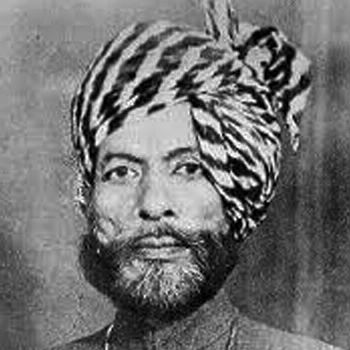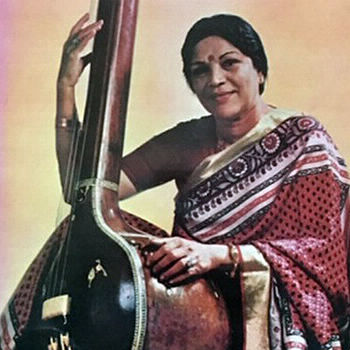
Ustad Munawar Ali Khan
Munawar Ali Khan was trained under his illustrious father Ustad Bade Ghulam Ali Khan since childhood. One could find Munawar, while in his teens, accompanying his ustad to every concert, diligently following the minutest notes that the master delivered in each sequence. It was the typical style of Punjab, strictly speaking of Patiala, that went deeply into his style – prolific taans, exquisitely patterned sargam, boltan and such other embellishments, all being an assemblage of the total design.
Munawar Ali Khan is a polished musician and the success he has achieved is the result of his persistent strenuous practice besides his talent and precious ‘talim’. He has a deep-controlled sonorous voice which is his natural asset and also possesses an amazing range, vigour and vitality – all reminiscent of his illustrious father.
Munawar also delves deep into the fountains of ‘Paachaia Thumri’, ‘Pahadi’ and Punjabi folk that are all forte of musicians of his ‘gharana’.






